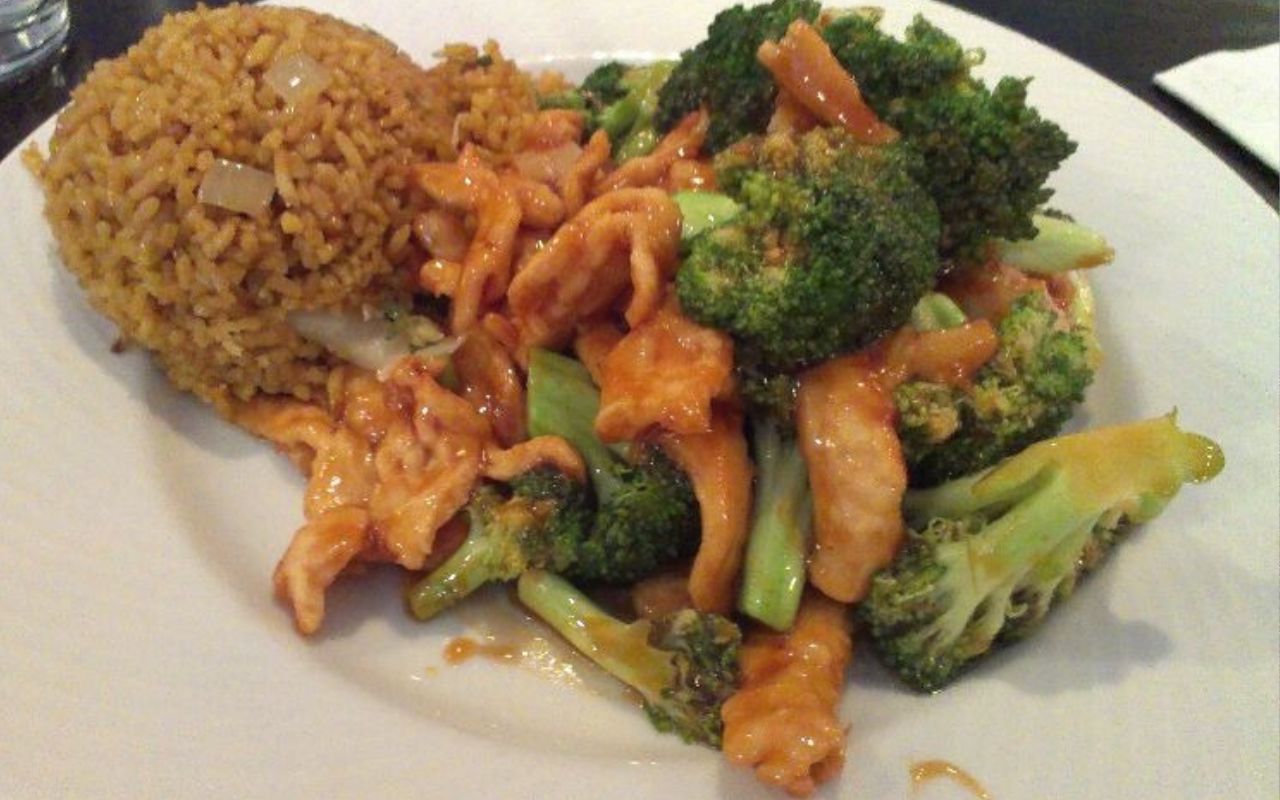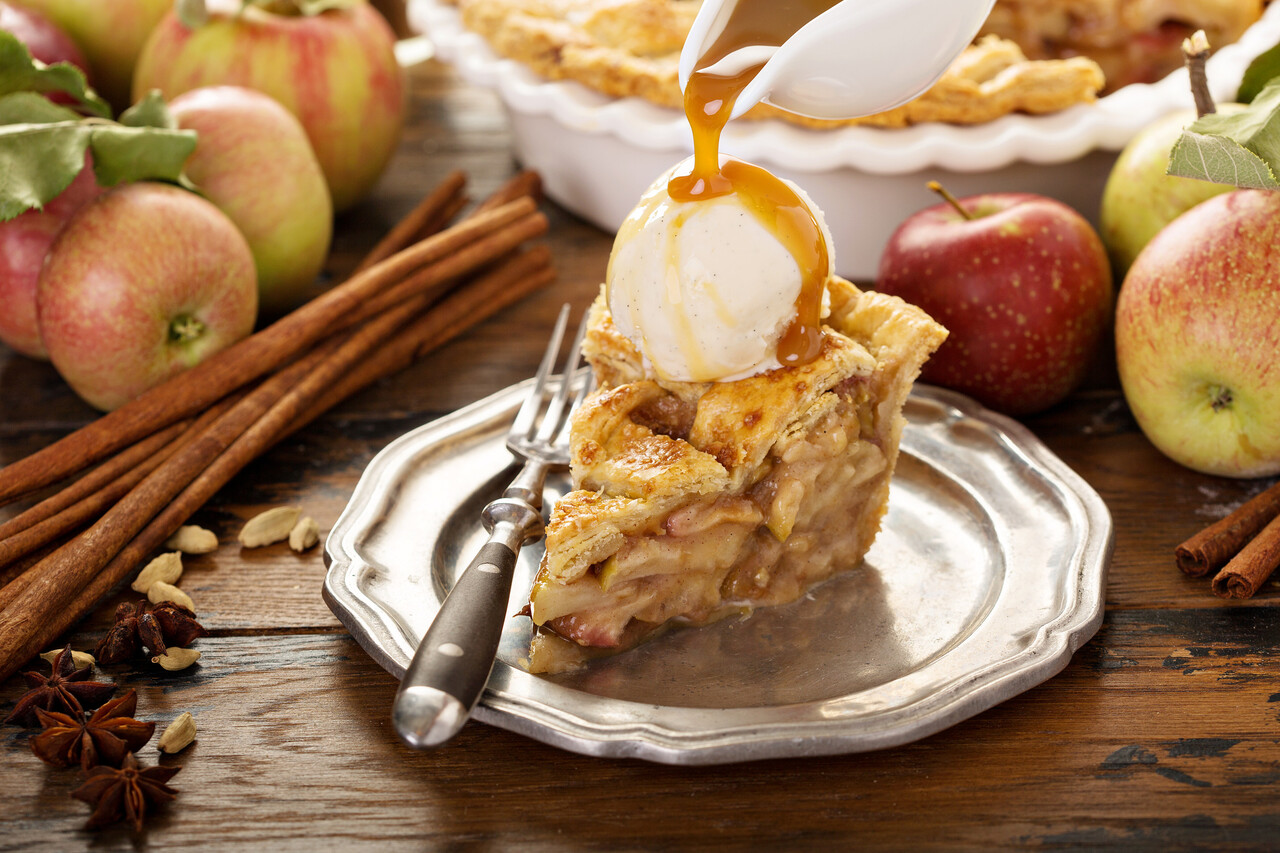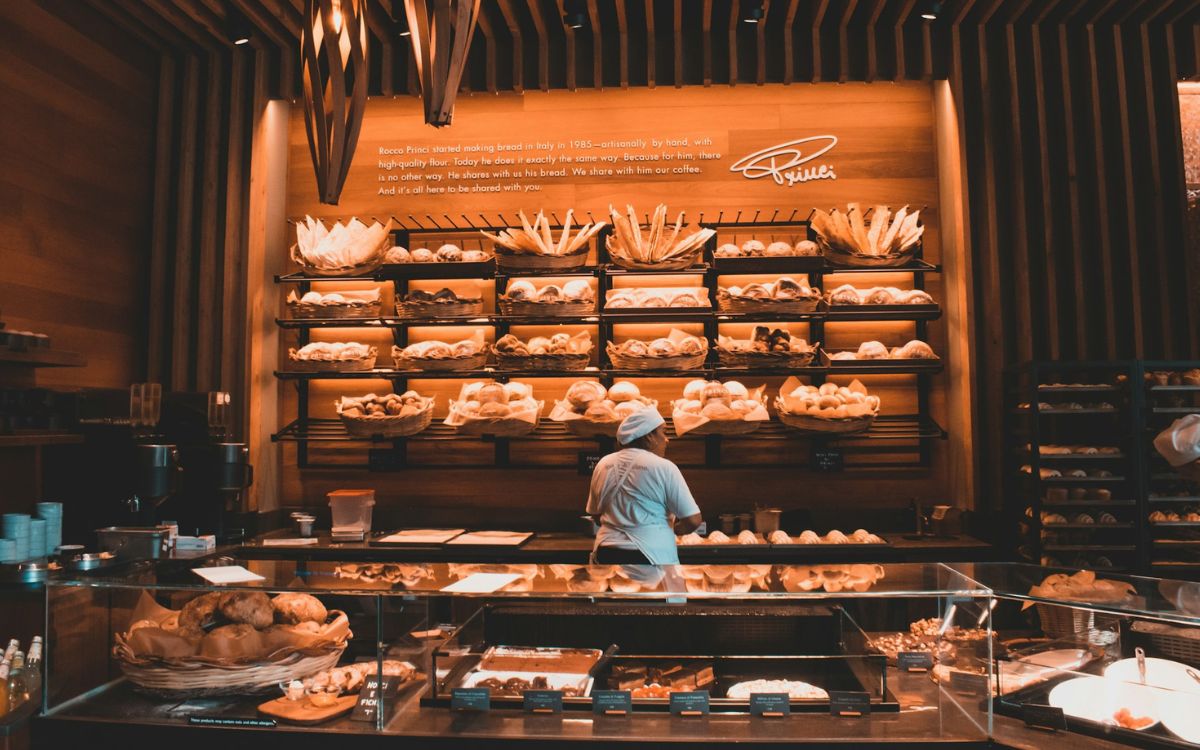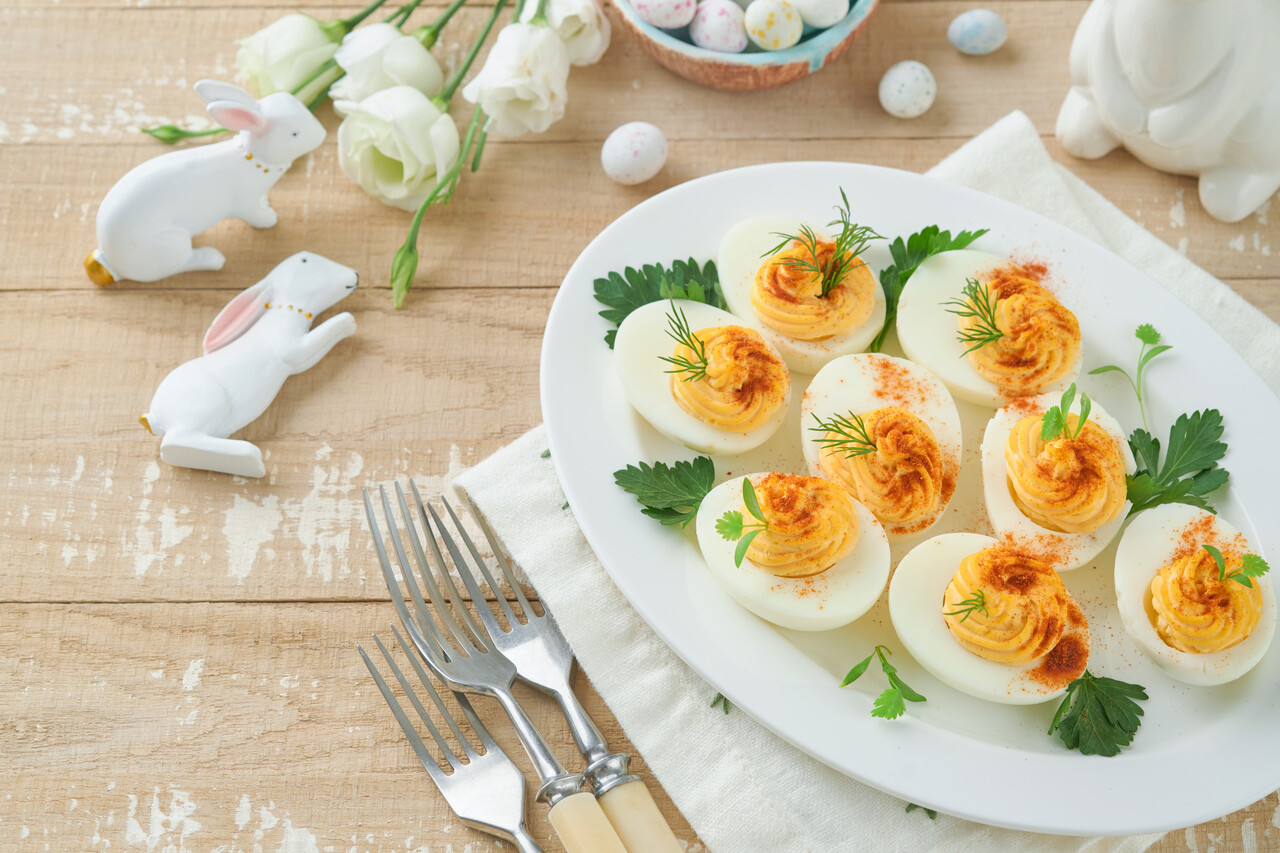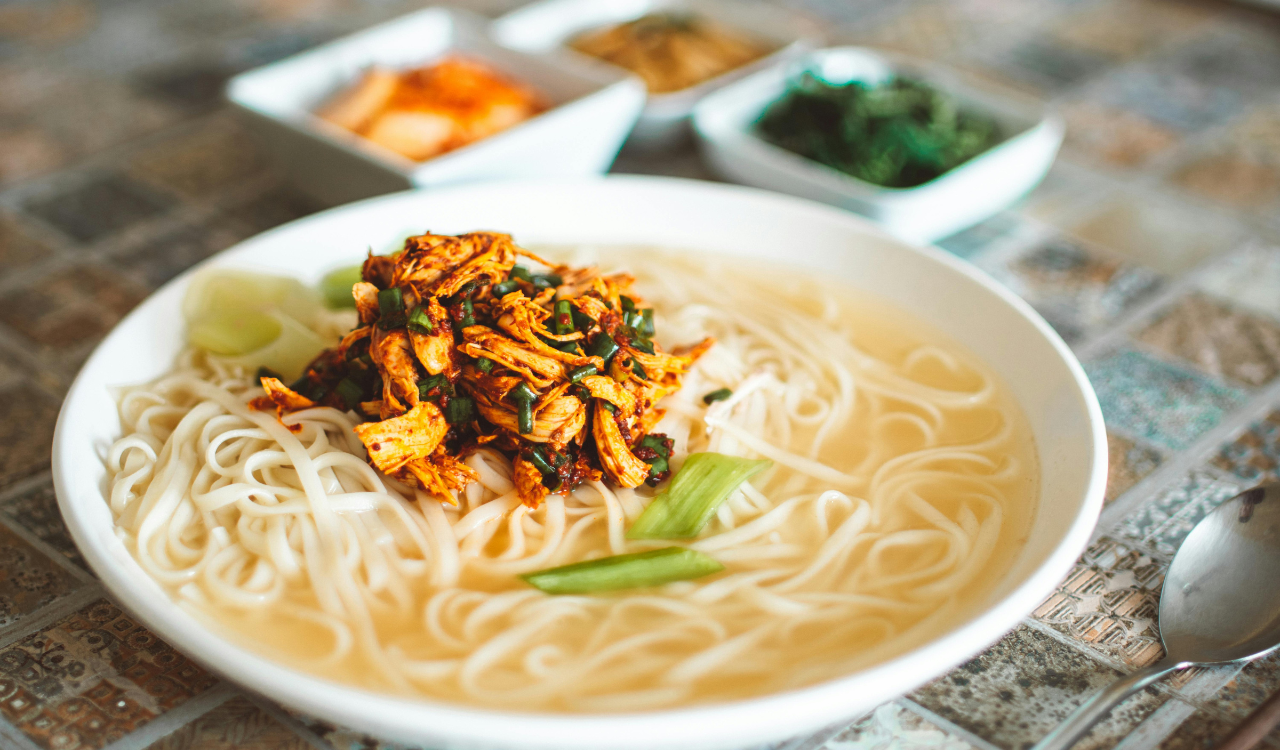What Chefs Look For In Cornbread (And Where Chains Get It Right)
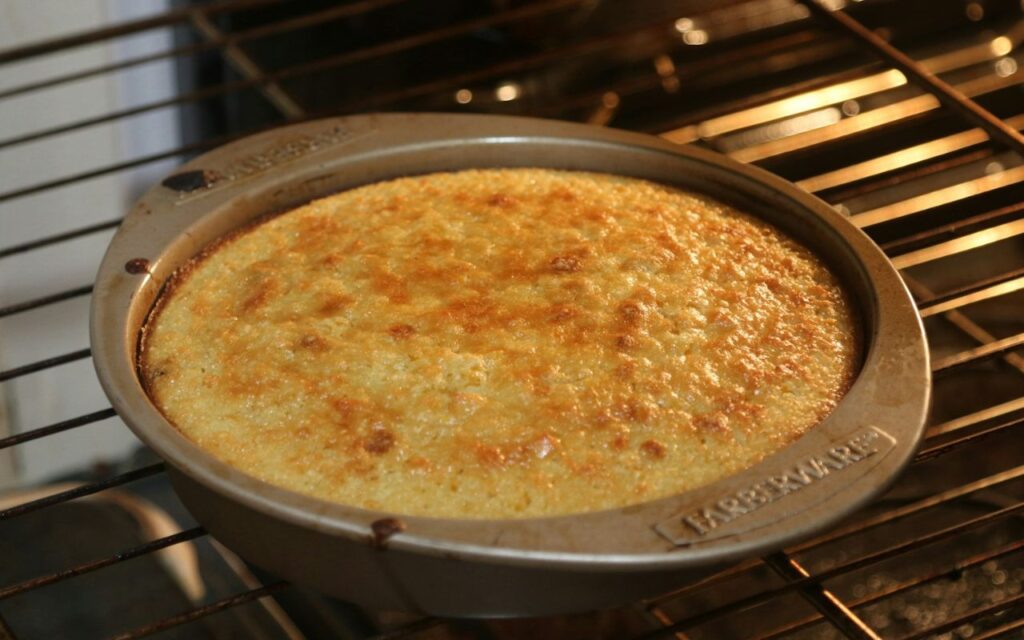
Cornbread seems simple, yet chefs treat it as a reflection of skill and balance. Each loaf shows how ingredients, heat, and timing work together. From cast iron skillets in small kitchens to the ovens of national chains, great cornbread captures comfort and craftsmanship in one bite. The best versions balance moisture, texture, and corn flavor so well that every serving feels homemade. Here’s what chefs value most and how restaurant chains manage to deliver it consistently.
1. Texture and Crust

Good cornbread should offer both a crisp exterior and a tender crumb within. Chefs rely on hot cast-iron pans to create a caramelized crust that provides structure and a hint of nuttiness. The inside should remain soft, moist, and slightly firm, never dense or dry. This balance of crunch and tenderness defines quality. Chain restaurants recreate this texture by controlling oven heat and pan timing, ensuring that each batch comes out evenly golden and reliably crisp every time.
2. Corn Flavor and Ingredient Integrity
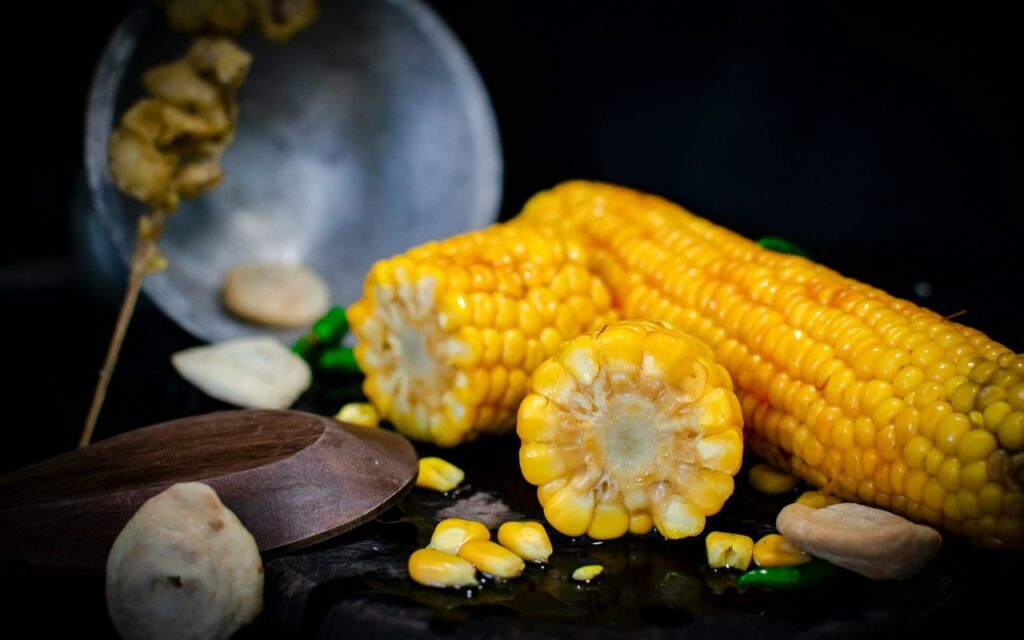
True cornbread begins with flavorful cornmeal that tastes earthy and slightly sweet. Chefs avoid additives or excess sugar that hide the natural flavor of corn. Instead, they let the grain shine with a clean, warm aroma supported by butter or buttermilk. Chains that get this right prioritize sourcing and careful storage to prevent flavor loss during bulk preparation. When the first bite tastes genuinely like corn, diners know care went into every ingredient and every baking step.
3. Sweetness Balance and Regional Style
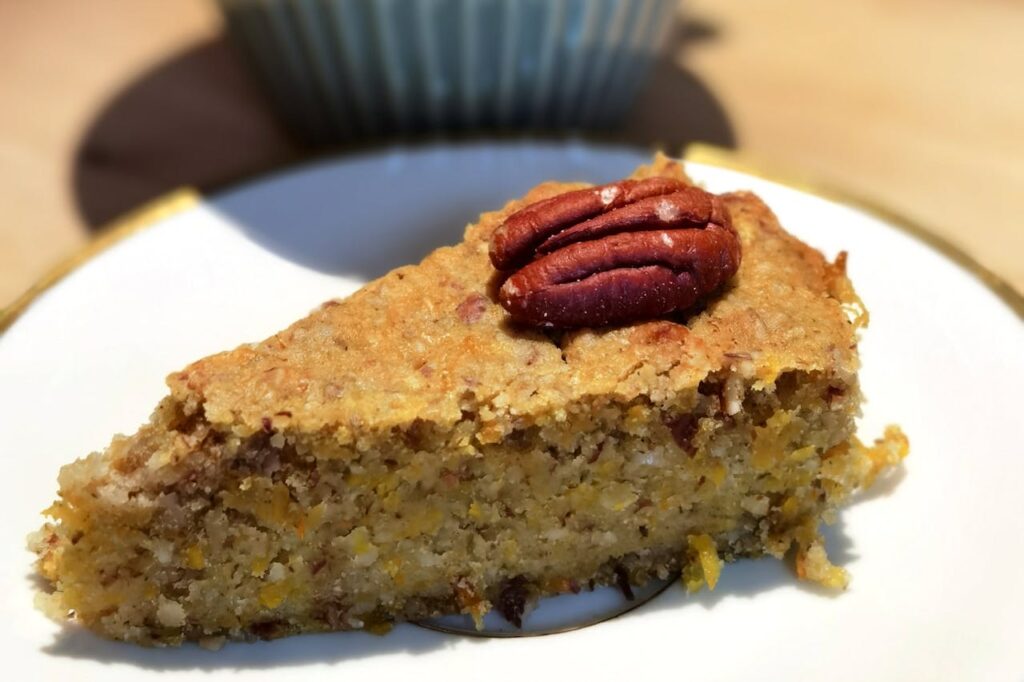
Sweetness is one of cornbread’s most debated traits. Southern cooks prefer minimal sugar, relying on fat and corn flavor, while Northern styles often lean lighter and sweeter. Chefs aim for a middle ground where sweetness enhances rather than dominates. The right balance complements whatever the cornbread accompanies, from chili to barbecue. Chains succeed when they choose one flavor profile and maintain it across locations, giving diners predictable quality without losing the cornbread’s authentic character.
4. Moisture and Freshness
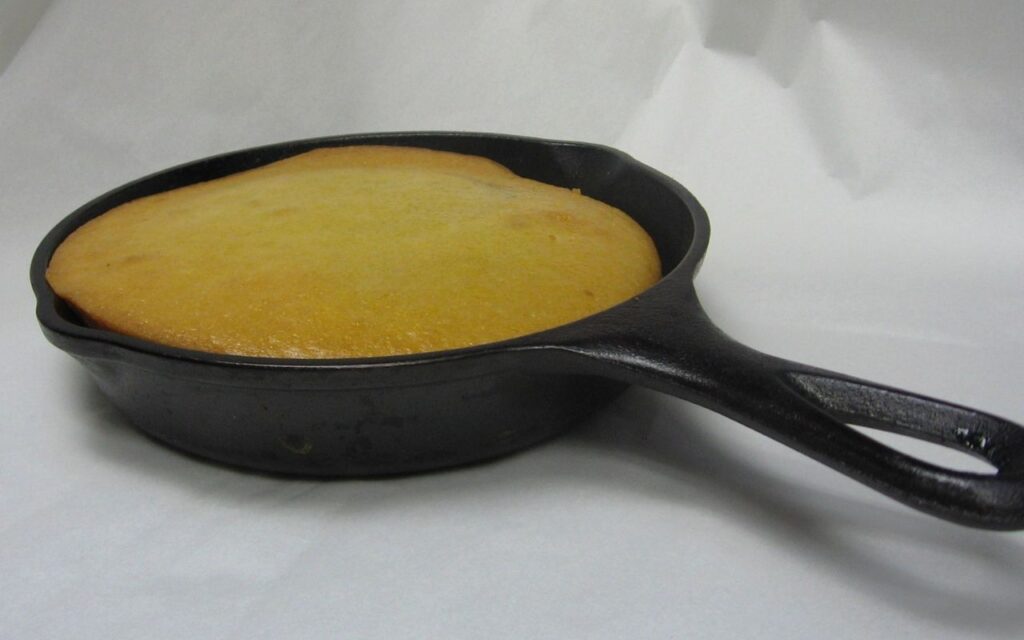
Cornbread should hold its moisture long after baking. Chefs achieve this by balancing fats, liquids, and baking time to prevent drying. A good loaf feels tender but never greasy, and it stays soft even as it cools. In chain kitchens, cornbread often sits under warmers, so maintaining freshness is a test of precision. The most successful restaurants monitor temperature and humidity closely, keeping slices moist and fragrant until the moment they reach the table.
5. The Role of Fat
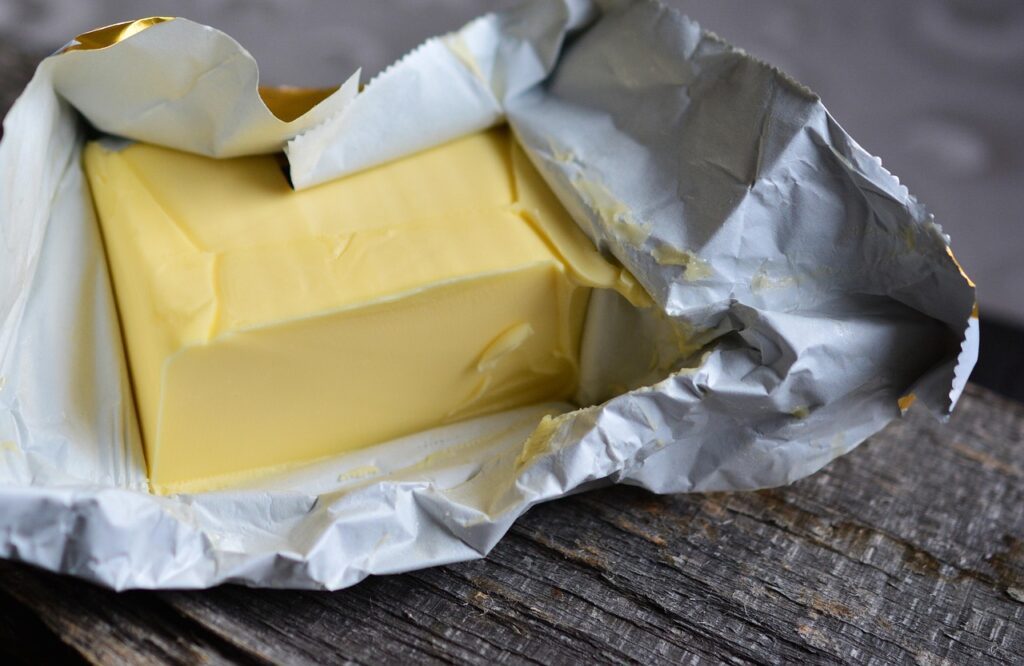
The type of fat determines richness and texture. Butter adds depth and a gentle sweetness, while bacon drippings lend savory notes that suit traditional southern styles. Some chefs use oil for a softer crumb that stays fresh longer. Chains typically use blends that perform well under varying conditions. The key is balance; the fat should amplify flavor without weighing the bread down. When handled properly, it brings out corn’s warmth and creates a melt in the mouth finish.
6. Crumb Structure and Lift
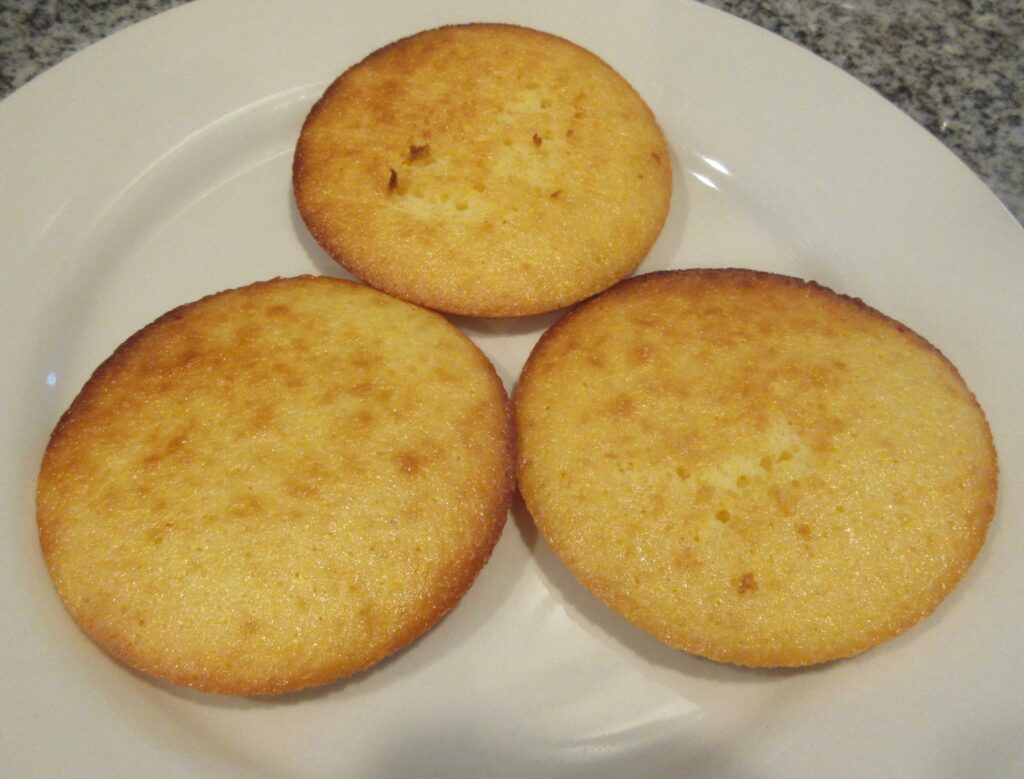
A perfect crumb is light yet stable. Chefs mix gently to avoid toughness while ensuring the batter rises evenly. A small amount of leavening creates a soft interior with delicate air pockets. Over-mixing or overbaking can ruin this fragile structure. Chain restaurants maintain uniformity by using precise mixing times and calibrated ovens. The result is cornbread that feels handcrafted in texture but remains identical from one location to another, pleasing diners every single time.
7. Flavor Pairing and Serving Style

Cornbread stands out when matched thoughtfully with its accompaniments. Chefs tailor seasoning depending on whether it is served beside smoky meats, spicy stews, or honey butter. The bread should enhance rather than compete with its main dish. Chains often warm and butter their cornbread just before serving, letting aroma and softness greet diners first. When temperature, texture, and flavor come together, a simple side transforms into a memorable moment on the plate.
8. Temperature and Service Timing

Timing defines how cornbread feels when eaten. Fresh from the oven, it should be warm enough to melt butter but firm enough to hold its shape. Letting it cool too long dulls both aroma and flavor. Chefs coordinate their service so bread leaves the kitchen at its peak. Chains mimic this precision by baking smaller batches and holding them in temperature controlled drawers. When cornbread arrives perfectly warm, it captures that just baked comfort every diner remembers.
9. Regional Variations and Cultural Roots
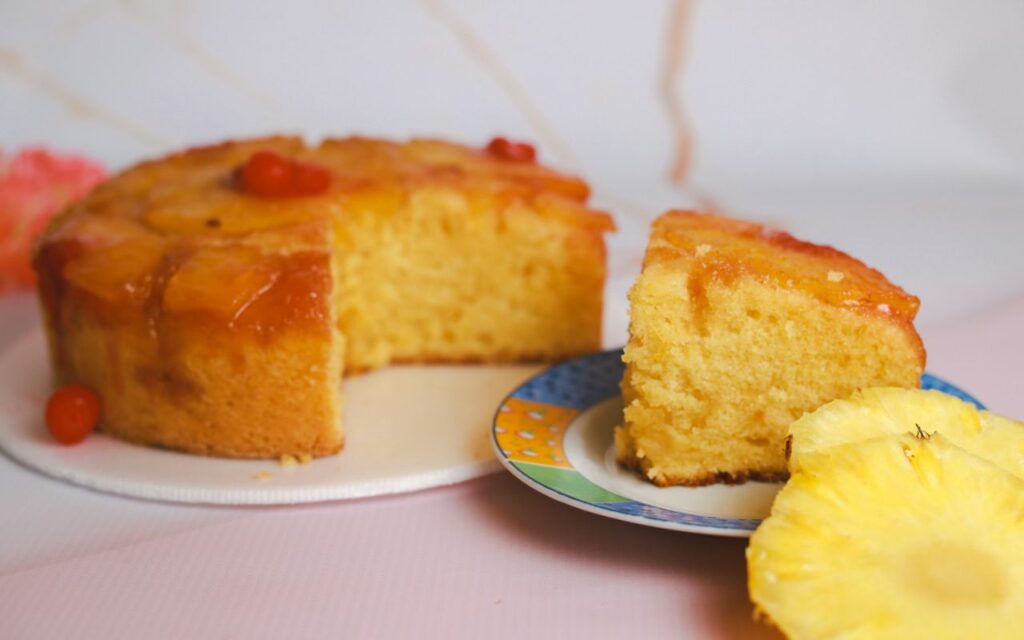
Cornbread carries strong regional pride. In the South, it is dense, skillet-baked, and rich with cornmeal flavor. In the North, it becomes fluffier and sweeter. Southwestern kitchens add peppers or cheese for extra depth. Chefs honor these roots by understanding their context before making changes. Chains that research regional preferences earn credibility and connection. Respecting tradition while adapting for scale allows cornbread to stay authentic while reaching tables nationwide without losing its soul.
10. Consistency and Scale
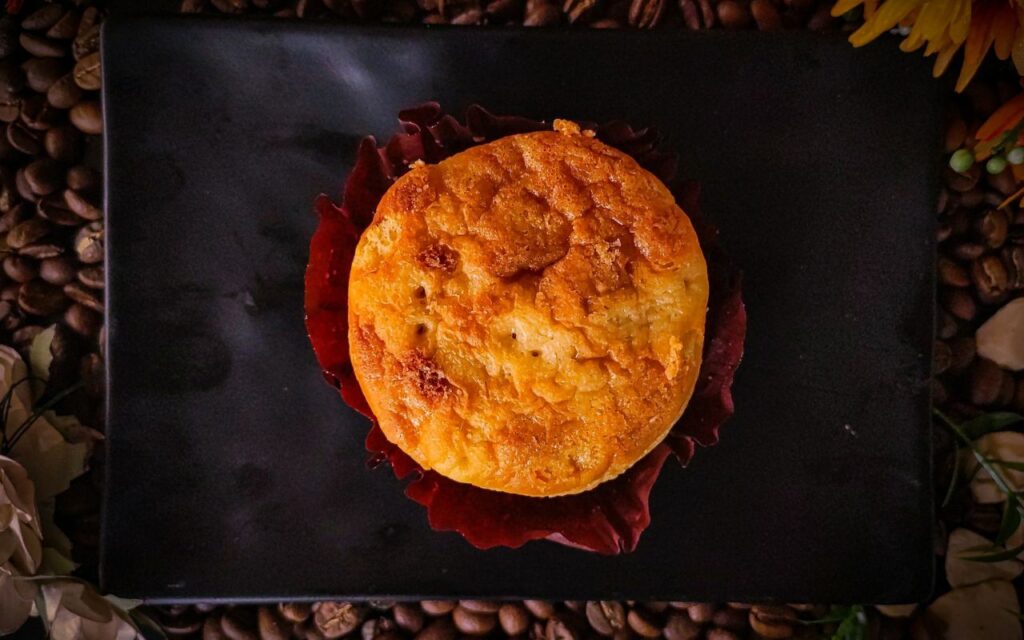
Consistency separates good chains from great ones. Chefs can rely on instinct, but national restaurants depend on systems that replicate quality. Standardized measurements, oven calibration, and ingredient control ensure every slice meets expectation. This reliability builds trust among customers who want the same comfort each visit. When chains achieve that familiar golden color and warm sweetness every time, they prove that precision and tradition can coexist, turning cornbread into a symbol of dependable hospitality.
